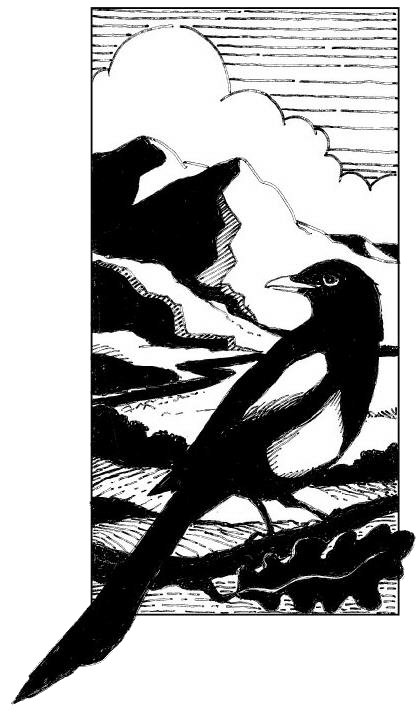Current Lectures & Special events
All Lectures & Special Events Spring 2025 Season
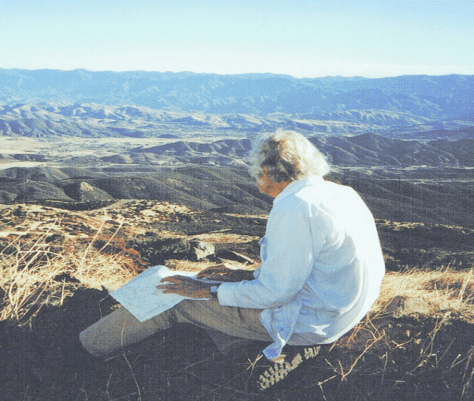
Map Reading and the Story of the Dibblee Geologic Maps
Saturday, February 1
Free workshop with Susie Bartz and Sabina Thomas Geologic maps are fun, colorful, and informative. One of the most famous geologic mappers anywhere — Thomas Wilson Dibblee, Jr. —was born in Santa Barbara County in 1911. Tom’s work in field mapping spanned over six decades. He left a legacy of over 500 beautiful maps which have been published by the Dibblee Geological Foundation in association with the Santa Barbara Museum of Natural History. Susie Bartz worked
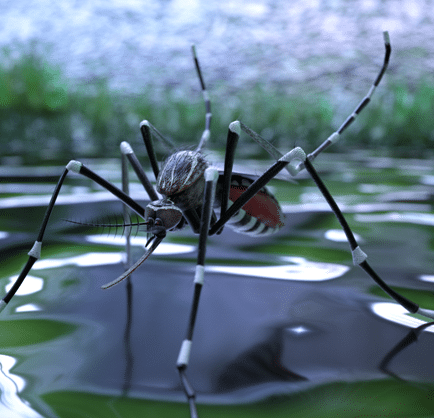
Stopping the Buzzz: Novel approaches to pest control
Wednesday, February 26
Free live lecture and Zoom webinar with Dr. Craig Montell
The itch from a mosquito bite is the least of the problems those insects can cause. Not all mosquito species spread diseases; however, a particular mosquito (Aedes aegypti) can carry the viruses that cause
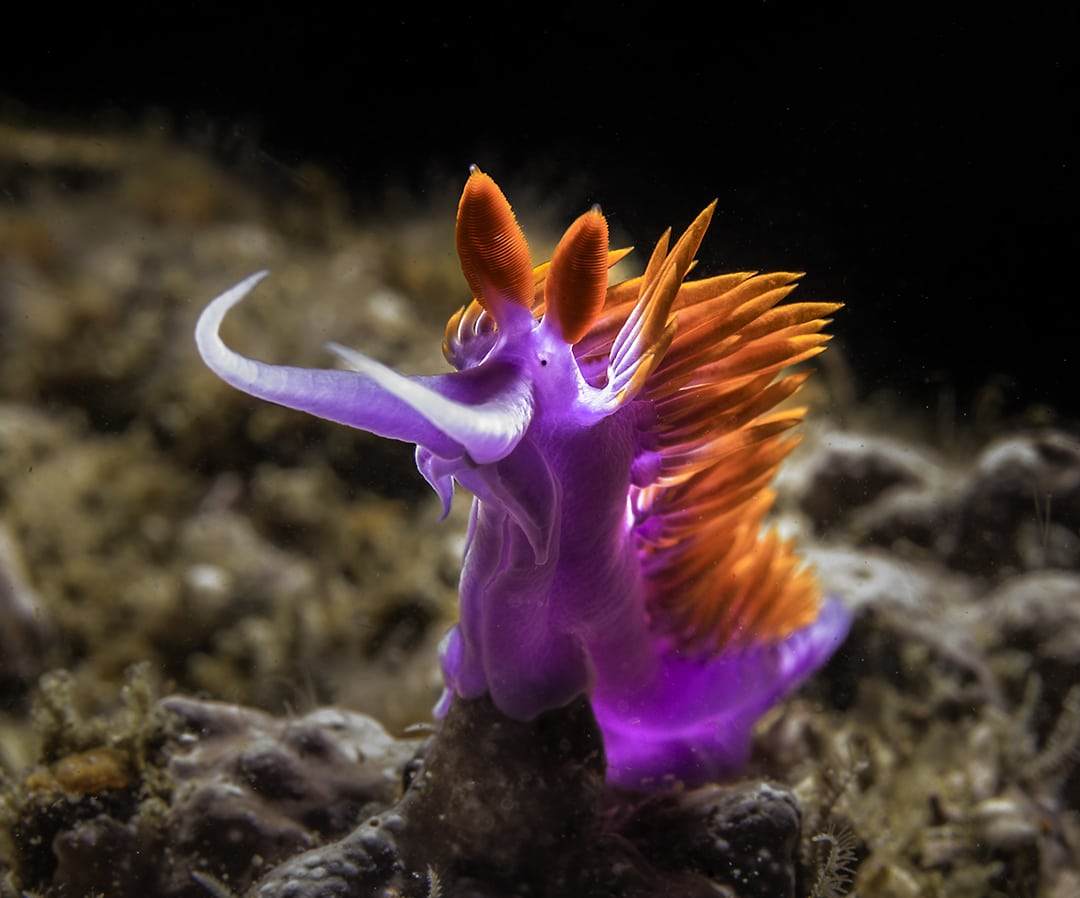
Underwater Photography of the Northern Channel Islands:
A Marine Biosphere Tour
Thursday, May 22
Free live and Zoom presentation and book signing with Richard Salas
The marine waters of our Northern Channel Islands support more than 5000 species of plants and animals. This stunning biodiversity is made possible by a complex environment of rocky intertidals, underwater
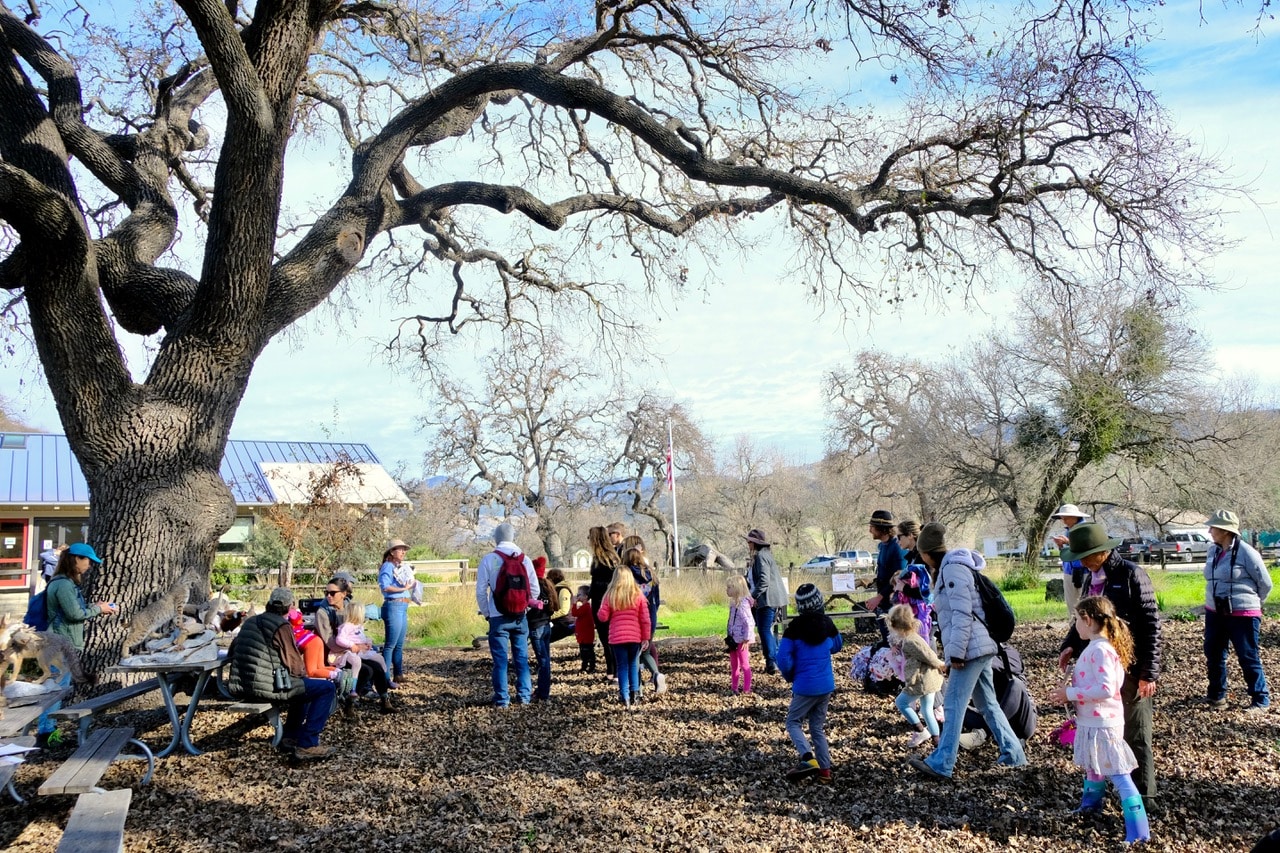
Santa Ynez Valley Natural History Society to Celebrate
its 25th Anniversary:
Saturday, June 21 at Sedgwick Reserve
Join us on Saturday, June 21, at the beautiful UC Sedgwick Reserve from 9:00 am to 2:00 p.m. for a variety of nature-themed walks, tours, and outdoor activities for all ages. This free event is open to the public but requires advance registration by sending an email to syvnhs@syvnature.org or calling (805) 693-5683. Space is limited and registration opens on May 26. When you register, please indicate which hike, walk, or activity you would like to join, which
